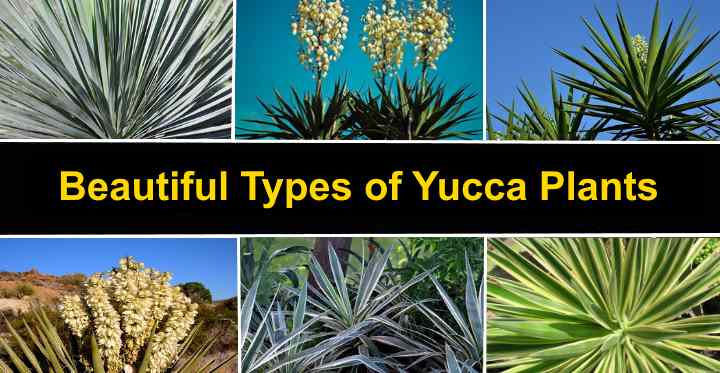Category Archives: Gardening And Landscaping
Types of Yellow Mushrooms (with Pictures) – Identification Guide
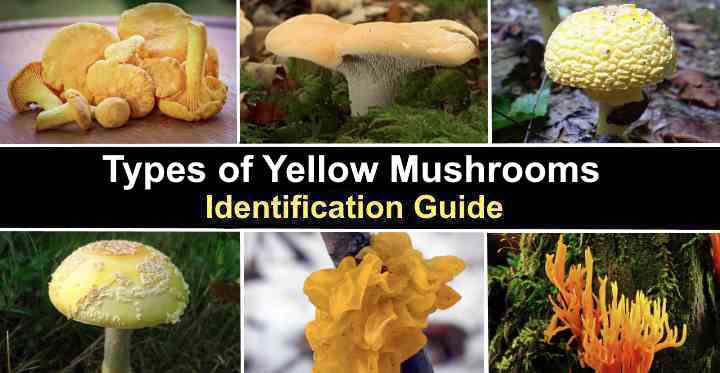
Yellow mushrooms commonly grow in front or backyards and seemingly appear from nowhere. You can find yellow mushrooms growing in lawns, flower beds, under shrubs, in forests, and on rotting tree trunks. The yellow fruiting bodies can have cylindrical stems, dark or light-colored gills, and a flattened or rounded cap.
35 White Flowering Weeds (with Pictures): Identification Guide
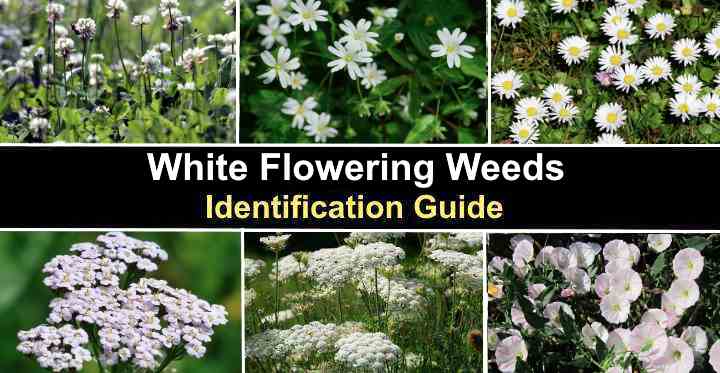
Many varieties of white flowering weeds can be invasive and detrimental to your garden’s health. Nuisance weeds with white flowers can spread by underground roots, creeping stems or produce thousands of seeds that germinate almost anywhere. The pesky plants can quickly take over an area unless you can identify and control white-flowering weeds.
35 Yellow Flowering Weeds (with Pictures): Identification Guide
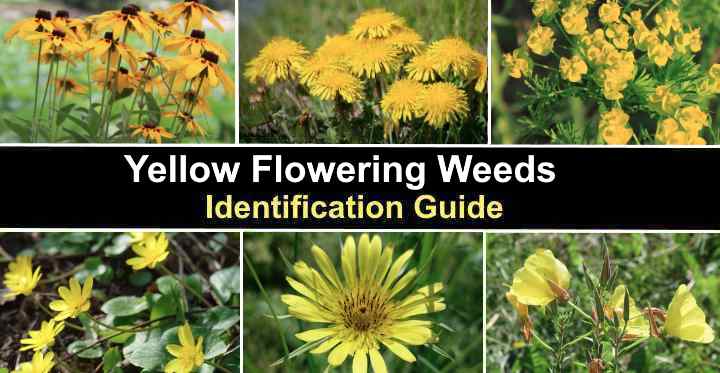
Yellow-flowering weeds are among the most common invasive plants growing in yards. The pesky plants with yellow flowers seem to pop up where you least expect or want them. The invasive yellow-flowering wild plants can invade lawns, take over flower beds, choke out cultivated plants, and give you more work weeding the front or backyard.
Weeds With Pink Flowers (With Pictures): Identification Guide
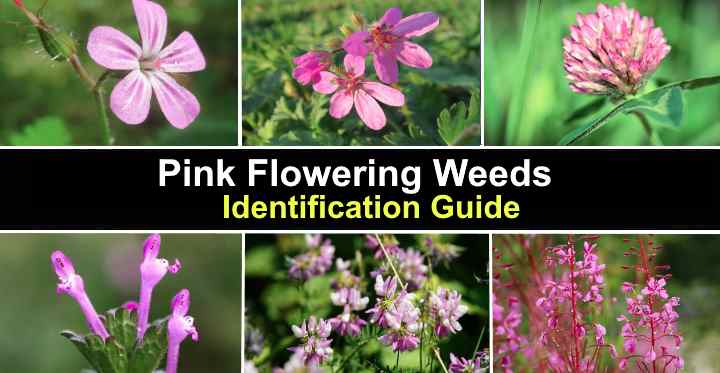
Weeds with pink flowers can be nuisance plants when they invade your lawn or grow in unwanted places. Despite adding a touch of vibrant color, pink-flowering weeds can cause havoc in a garden landscape. Many invasive weeds with pink flowers spread uncontrollably, choking out desirable plants and taking over a garden. Therefore, identifying pink-flowering weedy plants can help you decide which ones to keep and which to eliminate.
Purple Flowering Weeds (With Pictures): Identification Guide
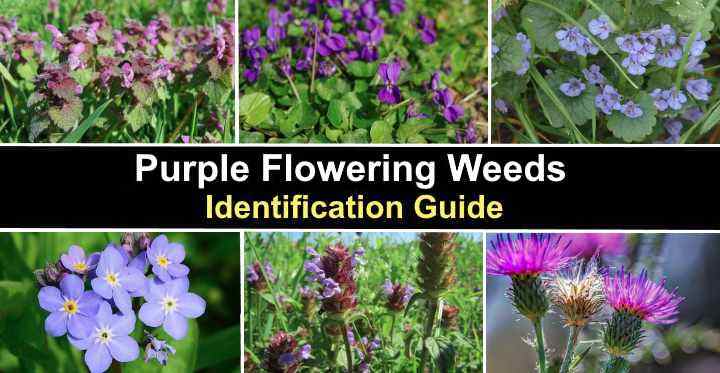
Purple flowering weeds in your garden or yard can become a nuisance. Invasive plants with purple flowers might appear attractive initially, but they can be bothersome if they thrive in undesired areas. Moreover, various types of purple-flowering weeds have the potential to outcompete other plants in flower beds or spoil the appearance of lawns. By identifying weeds with purple flowers, you can find out which plants need removal and take steps to protect your garden.
Creeping Lawn Weeds: Identification and Control (With Pictures)

Creeping lawn weeds can be a nuisance because they can quickly take over your well-cared-for grassy areas in a yard. The invasive, spreading lawn weeds like crabgrass, creeping Charlie, and chickweed can ruin the appearance of lush turfgrass. Moreover, creeping lawn weeds are difficult to eradicate from grass because the roots spread almost everywhere. However, with proper identification and control methods, you can keep your lawn weed-free and healthy.
Types of Yard Mushrooms (With Pictures): Identification Guide
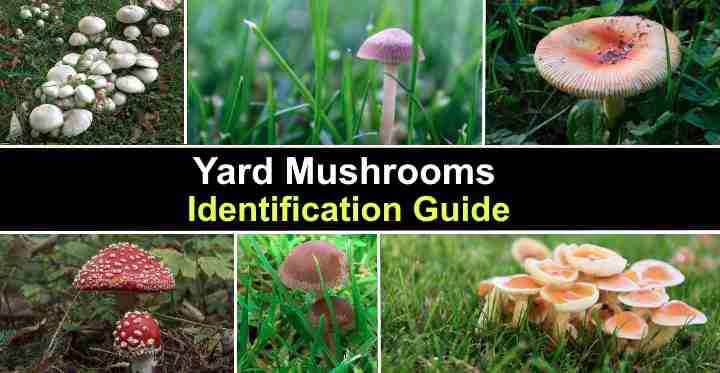
Mushrooms growing in the front or backyard are a common sight. The mushrooms can appear almost instantly in lawns and gardens after a rainy period or in areas with high humidity. Knowing how to identify common yard mushrooms is crucial. Some mushrooms growing in the yard are harmless, whereas others can be toxic and harmful if ingested.
35 Types of Yucca Plants (With Pictures) – Identification Guide
38 Native Texas Plants For Landscaping (With Pictures)

Native Texas plants are a great choice for landscaping in southern gardens. Plants native to the Lone Star State are adapted to the hot, dry, arid, and sometimes humid climate of Texas. Therefore, native Texas flowers, shrubs, and ornamental trees are resilient and easy to maintain. From the iconic Texas bluebonnets to mountain laurels, lantanas, decorative grasses, and hibiscus shrubs, there are plenty of options to grow native plants in Texas landscapes.
Texas Hedge Plants (With Pictures) – Identification Guide
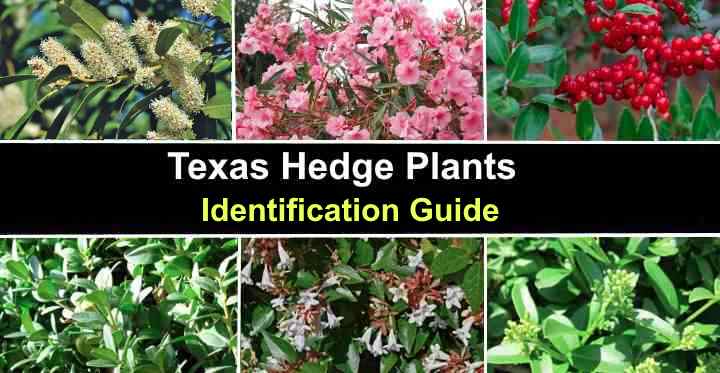
Hedge plants for Texas are an excellent choice for creating privacy screens, windbreaks, and borders around your property. However, finding the best plants to grow a hedge in the Lone Star State can be challenging. Texas is known for its hot summers, so selecting hedge plants that can withstand heat, humidity, and drought conditions is important.

